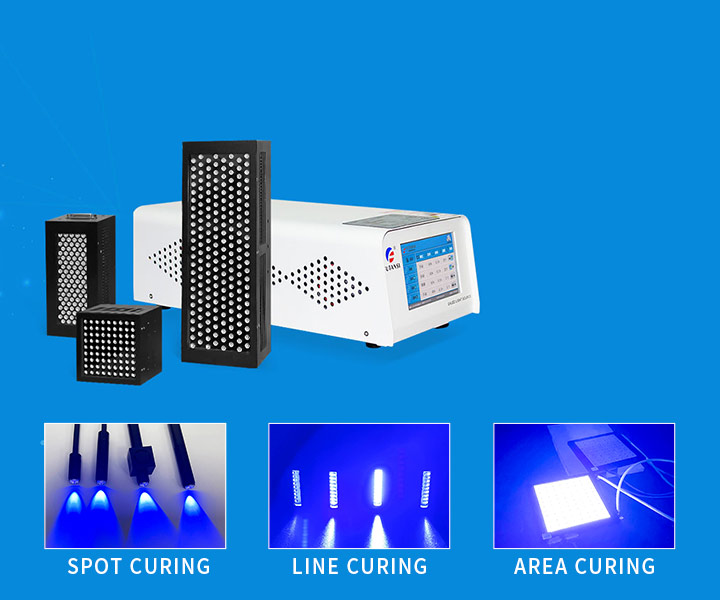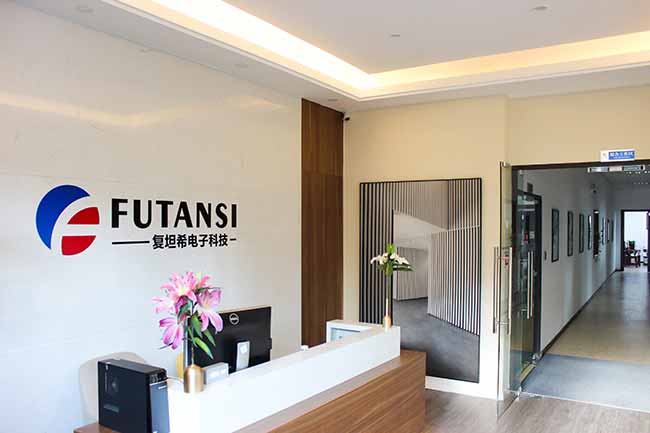uv led curing lamp FAQ
1361Find answers to your most pressing questions about UV LED curing lamps in this comprehensive FAQ.
View detailsSearch the whole station
China, being one of the world’s top five manufacturing hubs, enjoys a robust supply chain, extensive product resources, and exceptional production capabilities. This has made it a highly sought-after market for numerous multinational corporations looking to forge partnerships.

As you prepare to collaborate with a manufacturer in China, it’s crucial to follow certain strategies and considerations that can streamline your operations and protect you from potential pitfalls. The following points offer critical guidance:
Entering any new market requires a basic understanding of its laws and regulations. China enforces strict business laws and policies, hence it is pivotal to familiarize yourself with these laws prior to commencing any dealings with Chinese manufacturers. Items such as intellectual property protection, taxation, and environmental legislation deserve your particular attention.
Identifying an appropriate Chinese manufacturing partner necessitates comprehensive research which takes into account aspects like corporate reputation, production capacity, and quality management systems. Visiting the factory personally and engaging in direct interactions with their management team is beneficial, if possible. Furthermore, you can enlist the services of professional third-party entities for more extensive and precise information.
The crux of successful collaboration lies in grasping the nuances of China’s business culture where relationships or “guanxi” bear significant influence. Thus, fostering robust relations, respecting local traditions and customs, along with demonstrating professionalism and integrity can pave the way for fruitful cooperation.
Ensure clarity on every provision and detail within the contract, including aspects like payment terms, delivery schedules, and quality benchmarks. Engaging a lawyer conversant with Chinese law becomes advisable for ensuring compliance with all regulations.
Include explicit product quality requirements within the contract. Implementing regular or sporadic quality inspections helps guarantee that product quality aligns with stipulated standards. For long-term partnerships, establishing a quality inspection team within China could be considered.
While English is globally accepted, a large segment of Chinese population prefers using their native language. Hence, employing an interpreter skilled in Chinese language and culture is paramount to overcoming language barriers, minimizing misunderstandings, and gaining deeper insights into the country’s business environment.
In conclusion, while collaborating with Chinese manufacturers can unfold substantial opportunities, it necessitates profound comprehension of China’s business milieu. Success can only be attained through meticulous research, preparation, and planning.

In case you intend to source a UVLED Curing Light from a Chinese supplier, consider the following:
UVLED curing lamps find extensive application across various industrial processes like printing, painting, and adhesion due to their stability, efficiency, and eco-friendly nature. However, several key factors warrant attention when selecting an appropriate UVLED curing device:
The energy output of UVLED curing equipment profoundly influences their curing capability. Opt for equipment that can deliver ample energy to cater to your application requirements. Be mindful of the device’s energy efficiency ratio as well, which represents the power consumption for unit energy produced.
Varied industrial applications necessitate different UV wavelengths for optimal curing. Typically, the wavelength range for UVLED curing lamps falls between 365nm and 405nm. Hence, select a product that offers a suitable wavelength range for your specific use-case.
While LEDs generally outperform traditional UV light sources in terms of lifespan, the actual lifespan varies depending on usage conditions like temperature, humidity, and operational hours. It’s crucial to understand the expected lifespan of your equipment and ensure it comes with an adequate warranty commitment from a reliable supplier.
Choose a UVLED curing light that fits your space requirements and equipment layout. Factors like flexibility and portability might also be essential considerations.
Despite UVLED radiation being comparatively safe, potential damages to skin and eyes can’t be disregarded. Check whether the supplier provides comprehensive safety guidelines and if the equipment possesses essential safety features like an auto shut-off function.
Apart from the initial purchase cost, also factor in operational costs which include power consumption, maintenance expenses, and expected lifespan.
In conclusion, these considerations ensure that your UVLED curing machine fulfills your unique requirements while offering efficiency and reliability.

If you are looking for partner of UV LED curing system in China, Futansi is a good choice.
Find answers to your most pressing questions about UV LED curing lamps in this comprehensive FAQ.
View detailsDiscover the advantages of UVLED curing equipment over traditional mercury lamps in this informative article.
View details
HelloPlease log in